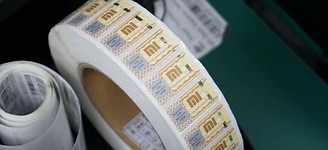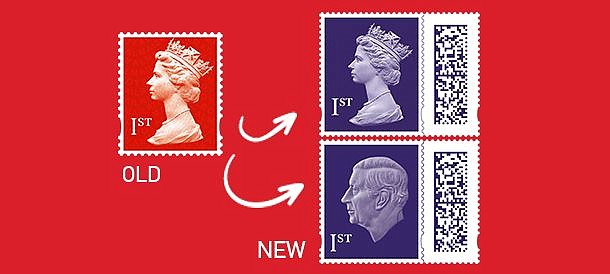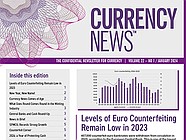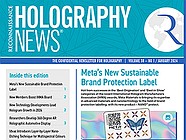Drivers for Sustainability in Brand Protection
Products are already starting to appear in this sector. For example, Authentication & Brand News, March 2024, contained an article on sustainable tamper-evident closure seals.



Products are already starting to appear in this sector. For example, Authentication & Brand News, March 2024, contained an article on sustainable tamper-evident closure seals.

While they say no to barcodes, Georgia voters could see a watermark on the…

Continuing our series on brand protection programmes implemented by some of the world’s biggest brand owners,…

This article explores recent developments around holography technology, fr…

Continuing our series of articles on the strategic perspectives of leading…

The UK’s Royal Mail is investigating a recent case of mass counterfeiting of its new barcoded stamps.

Crane NXT, whose subsidiaries include Crane Currency, Crane Authentication and Crane Payment Innovations, has announced it has signed a definitive agreement with Investcorp Technology Partners to acq…

According to estimates, 30 to 40% of all African qualifications are falsified and/or fake. The article explores recent regional developments, combating fraudulent degrees and certificates.
The UK’s Royal Mail is investigating a recent case of mass counterfeiting of its new …
Products are already starting to appear in this sector. For example, Authentication & Brand News, …
This article explores recent developments around holography technology, from combining origination processes and using AI …

Cash, Payment & CBDC News™ is unique in covering the intersection between cash and payments, covering the trends and developments in cash usage and alternative payments around the world.
Read more
It is the only news source dedicated specifically to circulating coins, the minting industry and the numismatic community.
Read more
Currency News is a unique one-stop source of information covering the specification, design, production, distribution and management in circulation of banknotes and coins, from ‘cradle-to-grave’.
Read more
Holography News is the only independent information source on the development of holographic products, technologies, services and markets.
Read more
ID & Secure Document News monitors and analyses the significant developments in personal identification and authentication – whether in the physical, digital or virtual worlds.
Read more
Tax Stamp & Traceability News (TSTN) is the authoritative voice for all those involved in protecting and recovering tax revenues and combating illicit trade.
Read more

